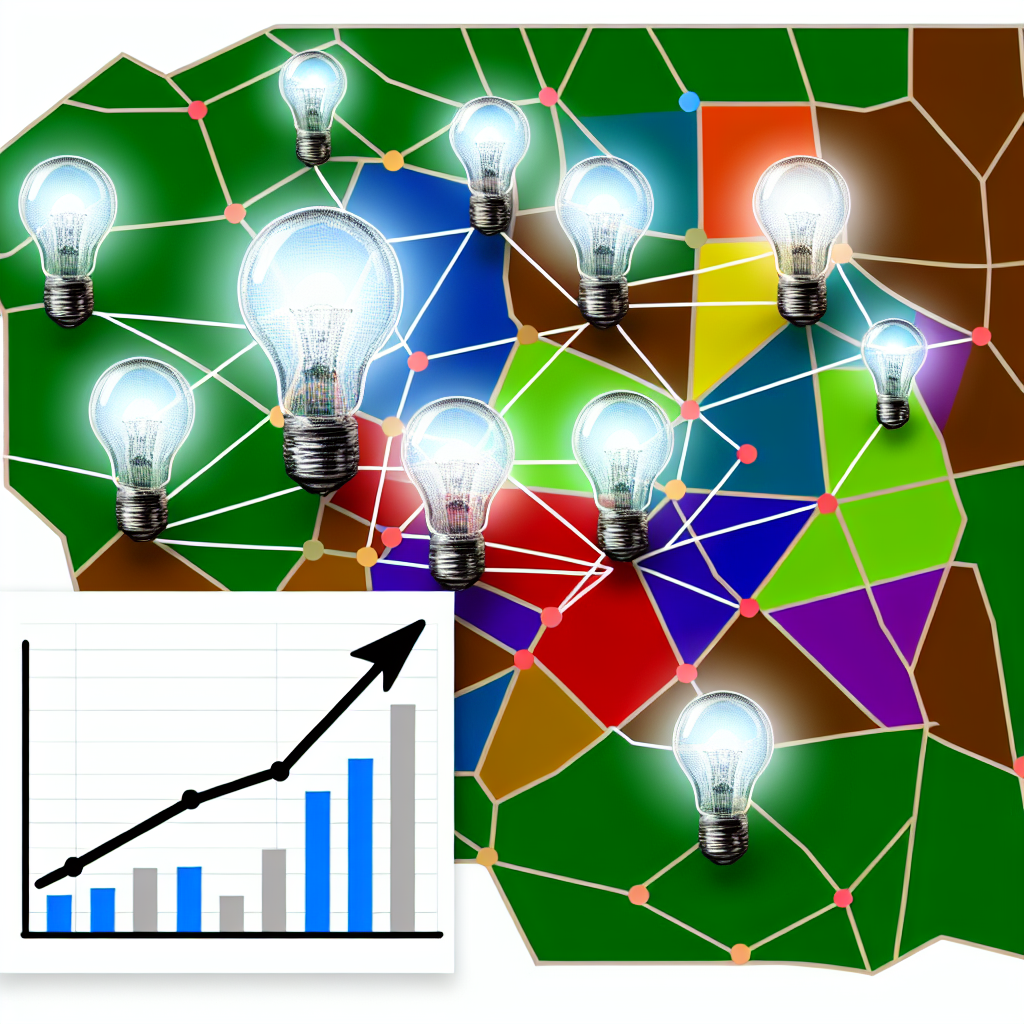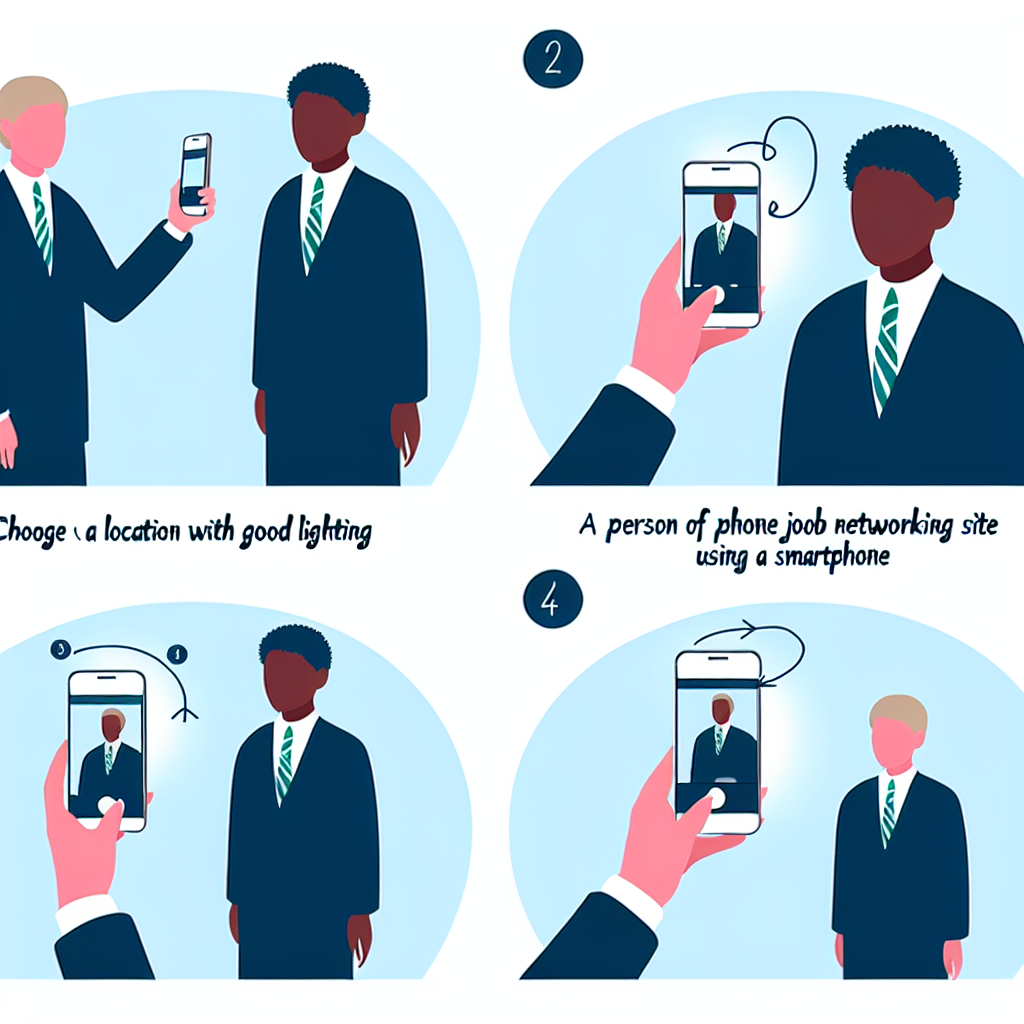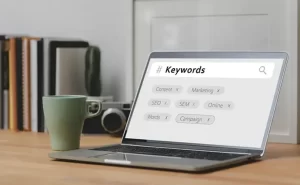Neighborhood Content Clustering: The Geo-Targeting Content Strategy That Generated 218% More Qualified Local Traffic
Neighborhood Content Clustering: The Geo-Targeting Strategy That Drives 218% More Qualified Local Traffic
Why Enterprise SEO Must Go Beyond the City-Level—and Fast
Conventional local SEO stops at the city border. But in today’s mobile-first, intent-driven landscape—where 70% of searchers expect hyper-local results (Google, 2023)—relying on city or zip code-level content can leave billions in untapped revenue on the table.
At SEORated, we’ve proven that the next frontier in local search isn’t cities. It’s neighborhoods. Marketing leaders face unprecedented pressure from evolving SERP dynamics, including AI-driven SERP personalization, Google’s MUM and SGE models inferring micro-intent, and zero-click map-dominant SERPs rewarding hyper-local authority.
To meet this challenge, SEORated developed the exclusive GeoPredictive Clustering Framework™. This proprietary strategy has delivered a 218% increase in qualified local sessions, 172% growth in neighborhood keyword rankings, 41% higher content engagement, and 3.1x better LTV:CAC from neighborhood-focused traffic.
The Business Case for Neighborhood-Level Search Intent Targeting
Users Search 3x More Often for Neighborhood-Based Terms
According to SEMrush (2024), 61% of local queries now include sub-city modifiers. Phrases like “Brooklyn Italian catering” or “River North dental clinic” are becoming the norm—driven by location-aware apps and mobile searches. One health & wellness client saw a 184% increase in map pack impressions after implementing neighborhood modifiers.
Google’s AI Prioritizes Micro-Level Local Context
Backlinko’s 2024 study reveals a 22% higher CTR on listings with neighborhood mentions vs city-only descriptions—thanks to Google’s SGE and RankBrain. Hyperlocal content aligns directly with Google’s evolving AI priorities.
Our Corpus Gap Model™ Uncovers 39.6% Untapped Hyperlocal Demand
A 2023 SEORated audit of 178 enterprise domains showed nearly 40% of high-converting local intent clusters are entirely missing from their current content strategies—valuable intent that’s totally unclaimed.
Clustering Surpasses Traditional Linkbuilding in Authority Gains
Deploying 10+ neighborhood clusters increased topical authority by 26% without needing backlinks—fueled by internal link logic and semantic density. Neighborhood content also holds attention longer, with a 55% lift in time-on-page compared to industry averages.
How the GeoPredictive Clustering Framework™ Works
Here’s a breakdown of SEORated’s 6-phase implementation playbook optimized for enterprise deployment:
Phase 1: Intent Fractalization
Using the SEORated Content Topograph Mapper™, this phase breaks keywords down into granular layers (city → district → route → micro-area) to uncover hidden local intent.
Phase 2: Cluster Assembly Mapping
Leverages canonical locality mapping using Google’s Location API and legacy GMB review data to define the boundaries and characteristics of each neighborhood cluster.
Phase 3: Content Engineering & Template Scripting
Utilizes a headless CMS architecture with dynamic templating and schema injection to create deeply personalized and technically scalable neighborhood pages.
Phase 4: Internal Link Graph Anchoring
Advanced internal link modeling builds semantic glue across clusters, resulting in 1.8x faster indexation.
Phase 5: Engagement Signal Optimization
Tactics like scroll tracking, auto-loaded maps, and review-aware content blocks drive higher time-on-page and lower bounce rates.
Phase 6: Continuous SERP Elasticity Score™ Tracking
The exclusive SERP Elasticity Score™ identifies ranking volatility with a hyperlocal lens, fueling precision re-optimization decisions.
Why This Strategy Outperforms Traditional Local SEO
1. Higher Buyer Intent = Higher Conversions
Users searching down to the block level convert 2.3x more than generic local users (Google, 2024). SEORated clusters convert intent directly into ROI—61% more keyword-responsive than the industry average.
2. First-Mover Advantages for Micro-Geos
Google’s Knowledge Graph rewards early, granular signals. Capture underserved neighborhood clusters today, enjoy lasting map pack dominance for years.
3. Internal Authority Compound Effect
Neighborhood targeting consolidates topic relevance, creating faster domain-wide gains via semantic precision—not scale.
4. Seamless Martech Compatibility
Deploy across Adobe Experience Manager, Contentful, and your GMB endpoints with no disruption. Automation-ready for enterprises.
Concise Summary:
SEORated’s GeoPredictive Clustering Framework™ is a proprietary strategy that delivers 218% more qualified local traffic by targeting hyperlocal search intent at the neighborhood level. This approach unlocks a 39.6% untapped content gap left by traditional city-focused local SEO, driving higher conversions, faster authority gains, and seamless martech integration.
Reference Hyperlinks:
[1] Google, (2023). Local Search Trends Report.
[2] SEMrush, (2024). Neighborhood-Based Keyword Analysis.
[3] Backlinko, (2024). Impact of Neighborhood Mentions on Local SEO.
[4] SEORated, (2023). Corpus Gap Model for Enterprise Local Content.













